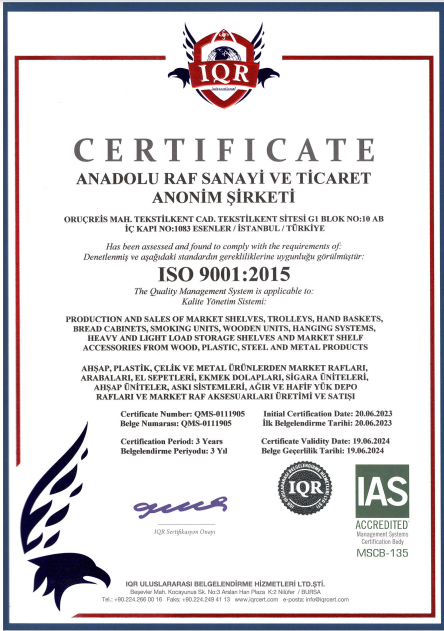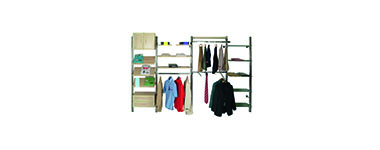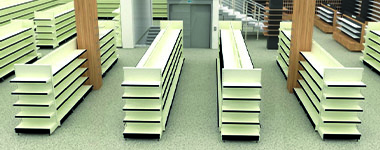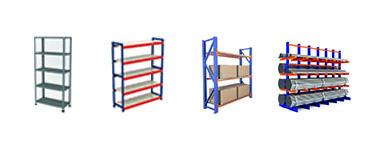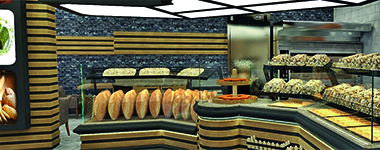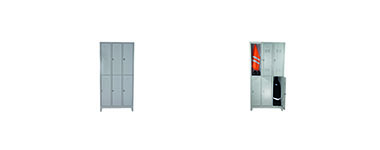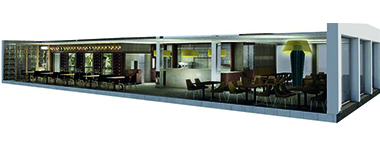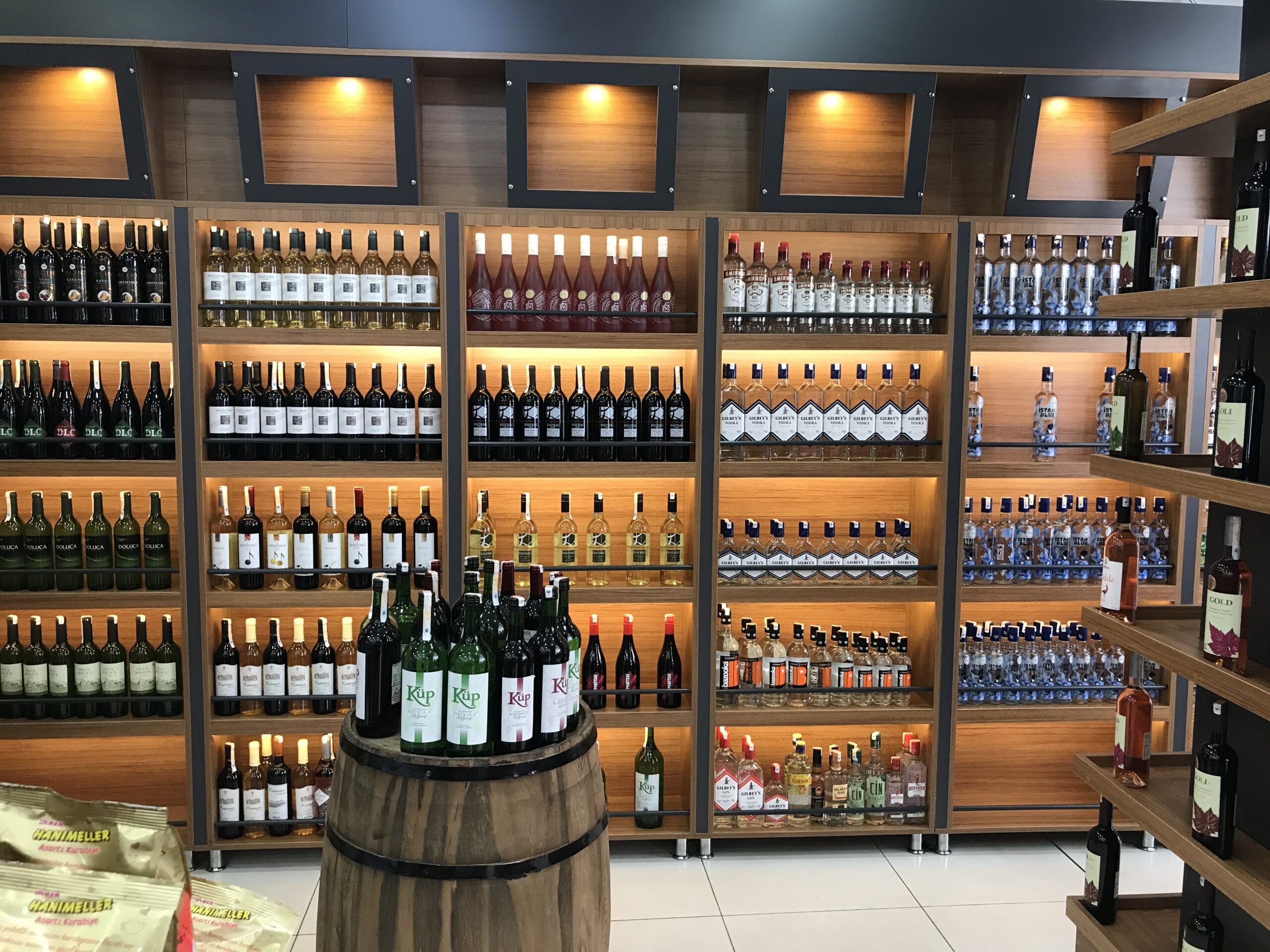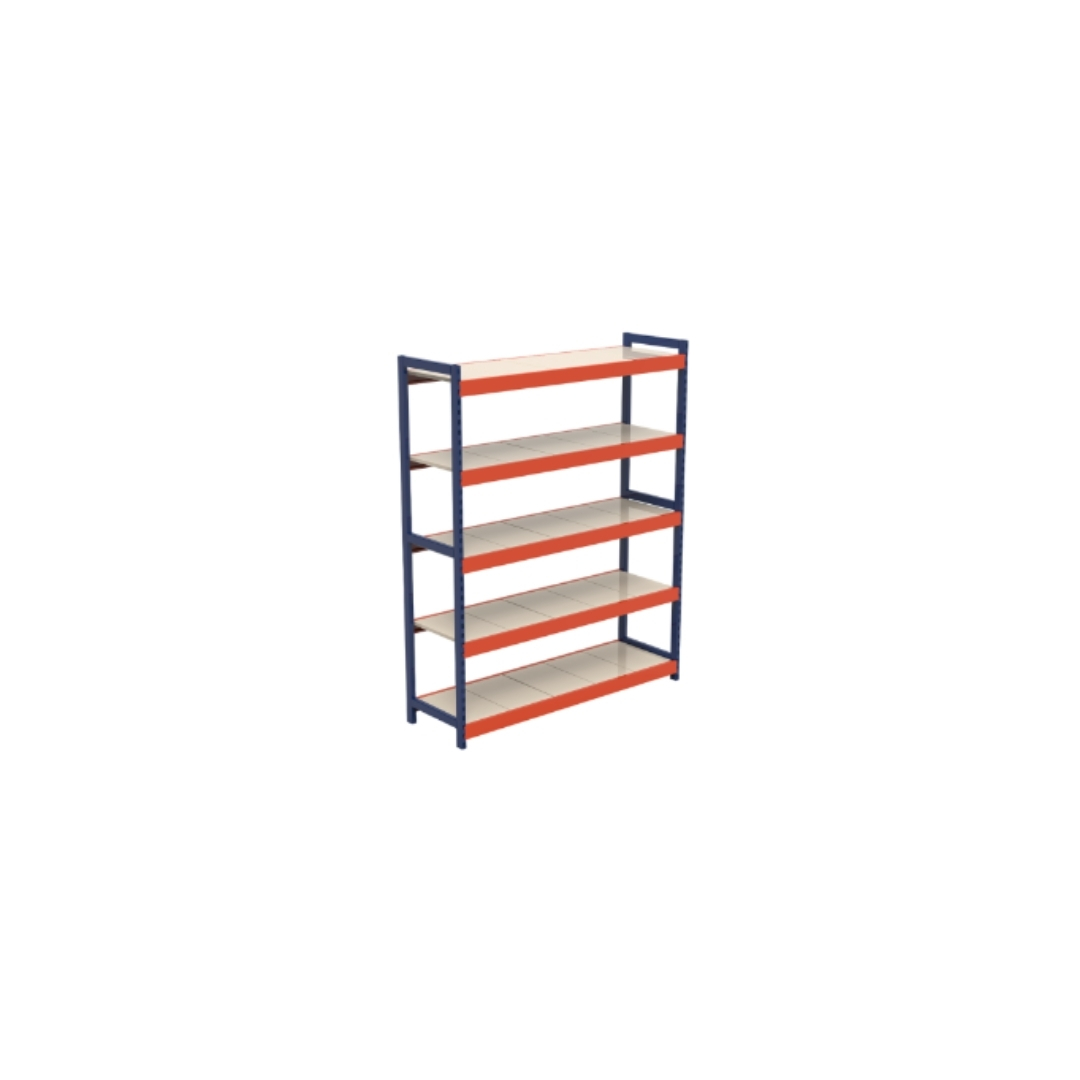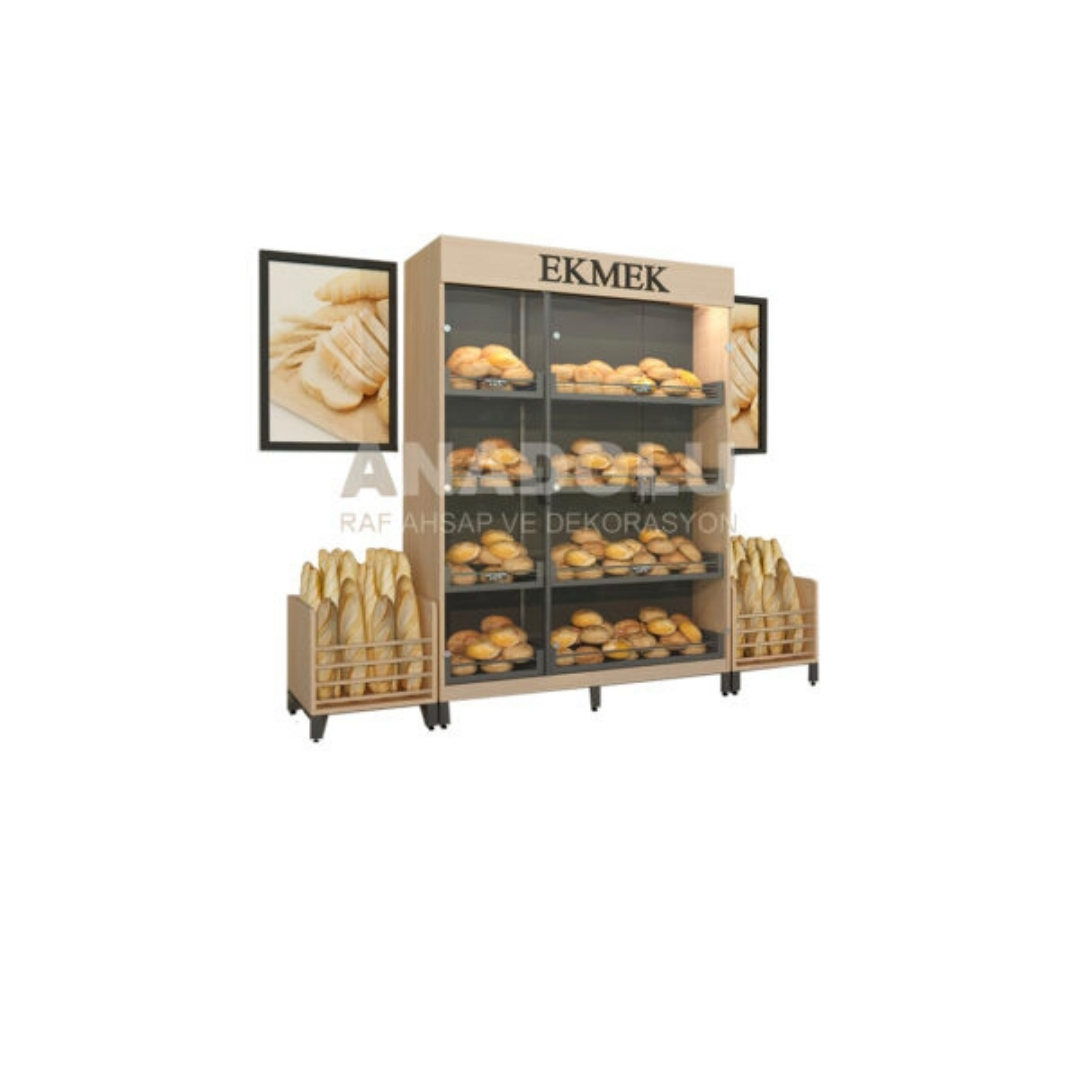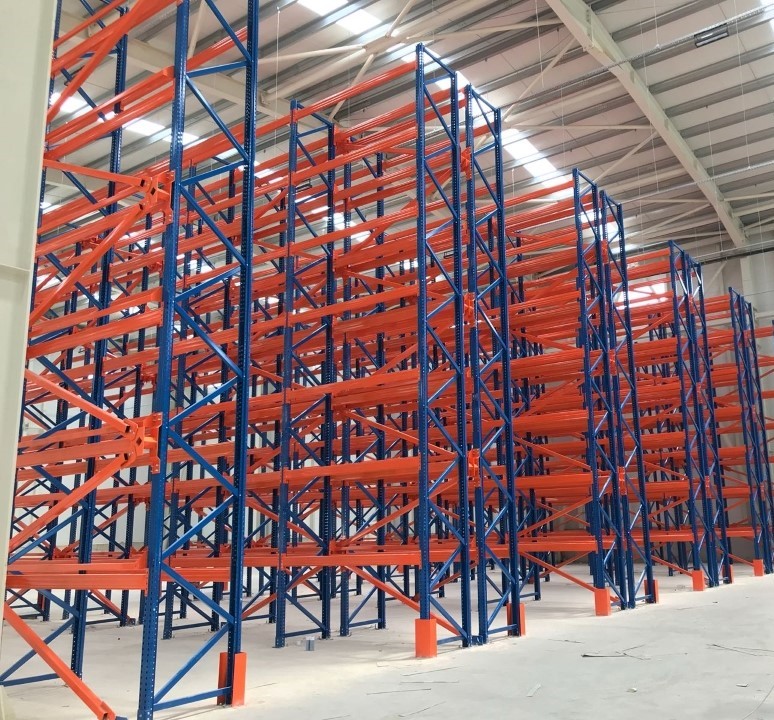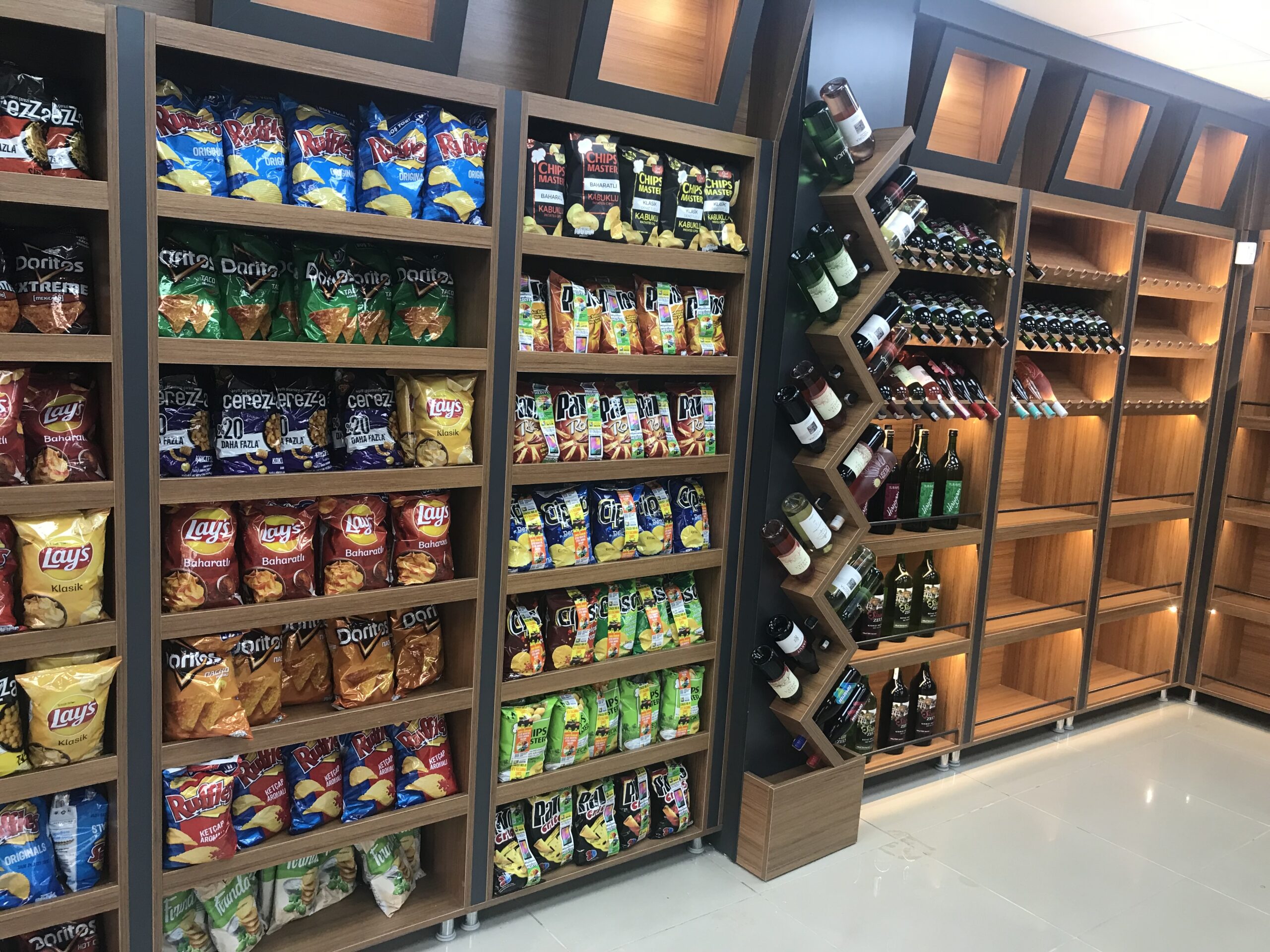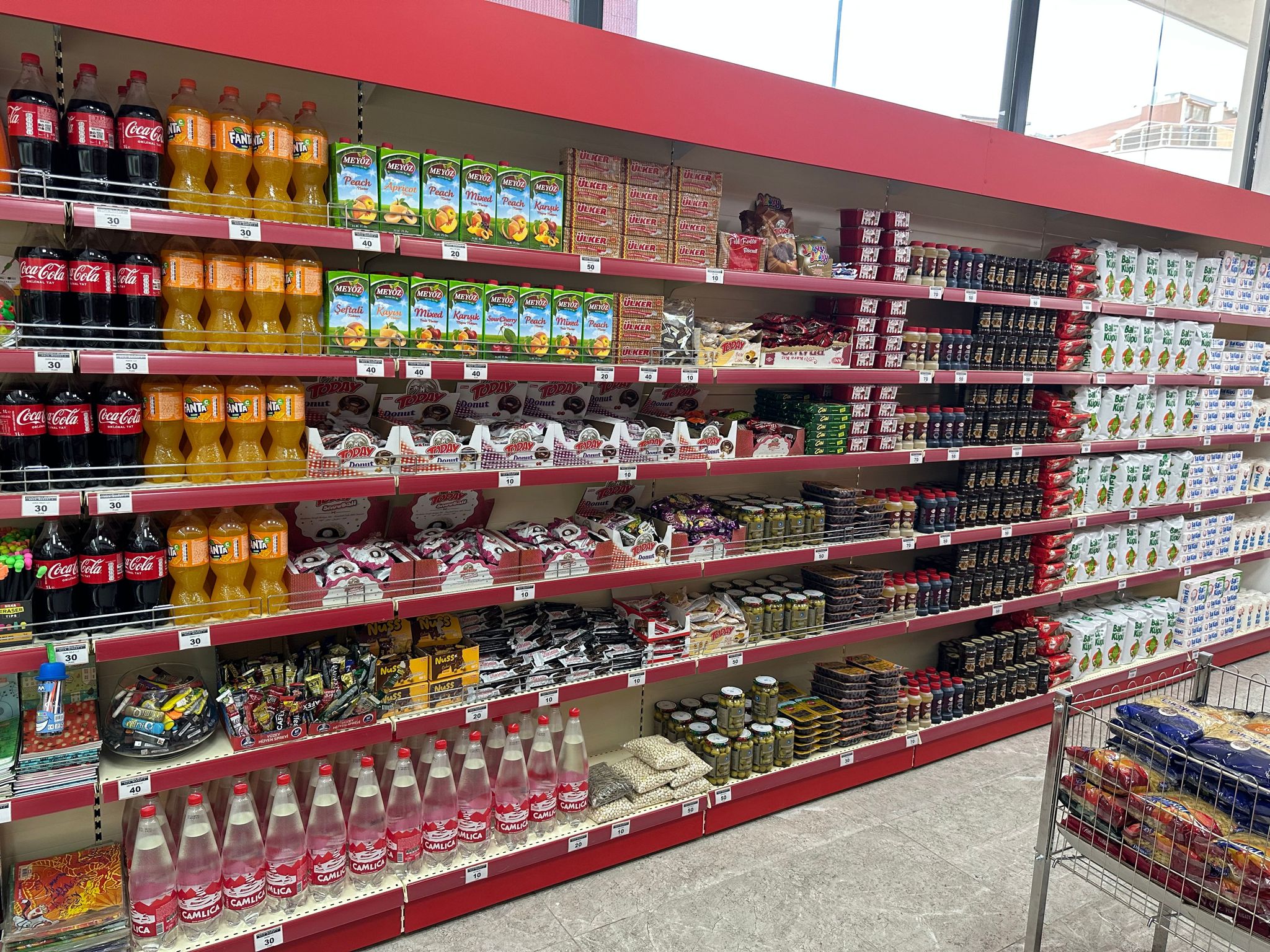How Do Shelf Models Differentiate Products?
In the retail sector, an effective shelf arrangement is important to increase the sales of products and attract customer interest. Shelf models refer to the way products are displayed and organized. Each shelf model allows products to be presented in a different way and affects the customer experience. In this article, we will focus on how shelf models differentiate products.
Traditional Shelf Models
Traditional shelf models have a basic flat structure. In these models, products are usually placed horizontally or vertically. In horizontal arrangements, products are lined up side by side, while in vertical arrangements, products are placed on top of each other. Traditional shelf models ensure that products are easily visible and accessible. However, they do not offer any extra features to differentiate the visual presentation of the products.
Display Stands
Display stands are shelf models that visually highlight products and attract attention. These stands are usually used in certain areas of the store or for special campaigns. Display stands can be designed in different ways to showcase products. For example, the height and angles of the products can be changed to provide a remarkable presentation. In addition, special lighting or colorful backgrounds added to display stands can also differentiate products.
Creative Shelf Models
Creative shelf models use original designs to display products in a unique way. These models can be designed according to the shape or concept of the products. For example, mannequins used in clothing stores or special areas created with visual themes provide a more attractive presentation of products. Creative shelf models can also be used where products are placed in different layers or angles.
Thematic Shelf Models
Thematic shelf models differentiate products by focusing on a particular theme or season. For example, a beach-themed shelf arrangement can be created for the summer season or a Christmas-themed shelf arrangement for the holiday season. Thematic shelf models allow customers to easily find products for seasonal or special occasion needs and can increase sales.
Interactive Shelf Models
Recently, with the development of technology, interactive shelf models have become popular. These models include technological elements such as digital displays, touch panels or sensors. Interactive shelf models provide customers with more information about the product, suggestions or experiences. For example, a shelf arrangement that allows customers to try on makeup products on a smart mirror can attract customer interest and increase sales.
In Conclusion
Shelf models determine how products are displayed and presented in retail stores. While traditional shelf models display products at a basic level, display stands, creative shelf models, thematic shelf models and interactive shelf models can differentiate products and attract customer attention. Retail stores can use different shelf models to best present their products. Shelf arrangement can enhance customers’ shopping experience, increase sales and build brand loyalty.




